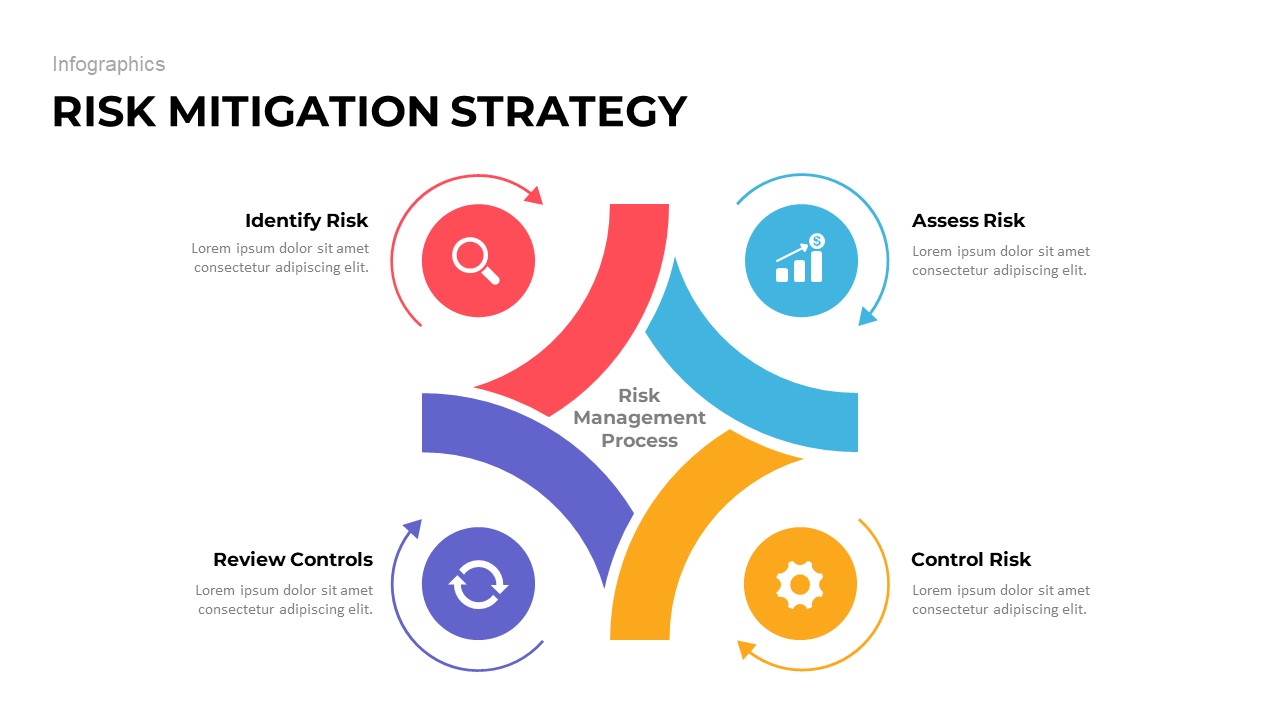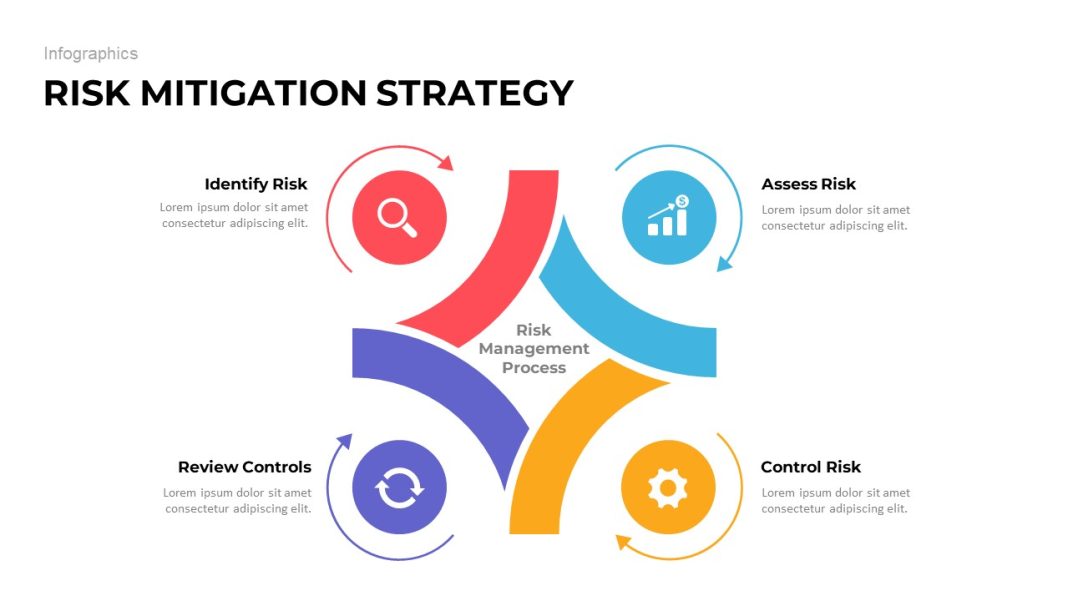 How to Address the China Challenge: A Comprehensive Approach to Mitigating Risks
How to Address the China Challenge: A Comprehensive Approach to Mitigating Risks
Introduction:
Policymakers and analysts worldwide are grappling with the challenge of addressing the threats posed by the Chinese regime. However, formulating clear plans to tackle these risks has proven difficult, even for those who acknowledge the broad threat. In order to effectively respond to these threats, it is crucial to define the specific risks and consider additional layers of vulnerability.
Defining the China Risk:
When discussing the China risk, it is important to focus on the risks to foreign countries and companies that arise from trade and financial links with China and Chinese firms. This includes firms located in China or other third countries. Additionally, it is essential to consider two specific ideas of risk: national security risk and the risk of excessive dependence on China for specific products.
National Security Risk:
In the digital age, national security encompasses a wide range of sectors and products. It is imperative to acknowledge and address these risks. Piecemeal approaches, such as blocking specific firms, have been taken to mitigate surveillance and data collection risks. However, this strategy is insufficient as new Chinese state-supported firms emerge or worrisome components are exported for assembly elsewhere. A comprehensive approach is necessary to tackle surveillance and national security threats posed by embedded Chinese electronics across various products.
Excessive Dependence on China:
China’s dominance in key sectors, particularly manufacturing and primary inputs, poses a fundamental problem. The country controls 90 percent of global capacity in numerous industries, including rare earth metals used in electronic components. To address the China threat effectively, it is essential to develop strategies that diversify supply and reduce dependence on Beijing’s complete control of many sectors.
Addressing the Underlying Problems:
To address the underlying problems, the United States should establish clean technology regulations with audits for global supply chains of electronic firms. Currently, there are minimal regulations regarding digital protection of goods. Applying data protection and data privacy standards to all products, rather than targeting specific firms, would be a more effective approach. This would ensure that concerns about Chinese firms like Huawei and TikTok are adequately addressed and extend to other Chinese and non-Chinese firms.
“Friendshoring” Manufacturing:
Breaking China’s dominant hold on many industries requires “friendshoring” manufacturing. This involves shifting not only final assembly but also basic manufacturing away from China. While it may not be feasible to bring back all manufacturing to the United States, the country can be more comfortable with manufacturing in countries like Mexico, Japan, Ghana, or Britain rather than China. Incentivizing firms and signing long-term trade agreements with partner countries will demonstrate a long-term commitment to changing global trade patterns and encourage other countries to shift their trade flows.
A Comprehensive Approach:
Countries around the world are actively seeking ways to reduce their dependence on China, whether through decoupling or derisking strategies. However, the approaches taken so far have been haphazard and piecemeal. To address the China risk effectively, a comprehensive approach is required. It is crucial to tackle the entire threat rather than addressing it on a company-by-company basis. This approach will not only mitigate risks but also promote long-term stability in global trade.
Conclusion:
In conclusion, policymakers and analysts must take a comprehensive approach to address the threats posed by the Chinese regime. By defining the specific risks, such as national security risk and excessive dependence on China, and implementing strategies to mitigate them, countries can effectively tackle the China challenge. It is essential to establish clean technology regulations, “friendshore” manufacturing, and demonstrate a long-term commitment to changing global trade patterns. Only by addressing the entire threat can the world truly mitigate the risks associated with China.


